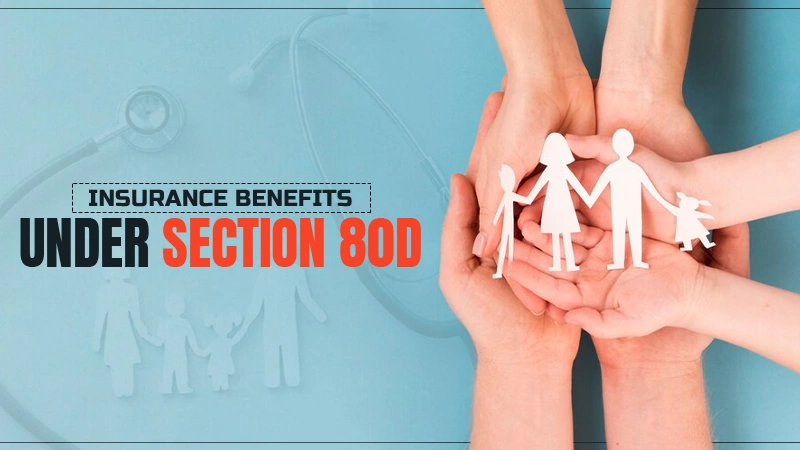5 Safety Tips to Keep Kids Safe in a Car
Intro:
Keeping kids safe in the car is obviously a huge priority.
In fact, it could be said that this is the number one priority.
Why?
Because kids don’t have the power to keep themselves safe.
Therefore, it falls to us, as parents, to make sure that we’re doing everything we can to keep our precious cargo as safe and secure as possible.
And in this post, you’re going to learn 5 safety tips to help you accomplish this.
Let’s dive in and talk about it.
1. Make Sure That Your Car Seat Fits Your Child
Car seats come in a range of different sizes and are intended for children who fit within certain height and weight parameters.
And it’s of paramount importance that you take this seriously whenever you’re buying your child a car seat.
Buying your child the right-sized car seat will ensure a proper, secure fit—which will do a lot to keep them safe in the unfortunate event of an automobile accident.
Buying a seat that’s too small or too large may lead to a failure to secure them properly and comfortably—which can lead to accidents and injuries.
2. Make Sure to Buckle the Car Seat in Correctly
Buying the correct car seat is only the first part of the equation.
Buckling that seat into your vehicle is the next step.
It’s surprising how many people fail to read the instructions before installing car seats in their vehicles.
It’s also surprising how wrong things can go when corners are cut in this crucial category of child vehicular safety.
It’s always of the utmost importance to thoroughly read and understand car seat installation instructions before securing the seat—and it’s also important to make sure that your car has the proper attachments to make this endeavor successful.
If you drive a newer car, this shouldn’t be an issue. But if you drive an older vehicle, you may need to either update your car’s safety buckling hardware or buy a car seat specifically designed to fit safely in an older car to ensure the best, most secure fit possible.
3. Drive Conservatively and Safely
This step is pretty common-sense—to keep your child as safe as possible, driving as safely as possible is absolutely recommended.
Of course, you can’t always guarantee that you won’t get into an automobile accident.
Sometimes, accidents are caused by other drivers and are beyond the scope of your control.
But at least if you drive conservatively and strive to be as safe as possible, you can avoid as many unnecessary accidents and potential injuries as possible, and hopefully minimize the impact of the ones you can’t prevent.
4. Don’t Take Unnecessary Risks
Every time we drive, we’re all presented with a range of risky behaviors that we could engage in.
Speeding, cutting people off, running that last-minute yellow light—these are all activities that we could technically probably get away with most of the time, but that could also increase our odds of getting into an accident.
So try to stay on the safe side whenever presented with potentially dangerous driving situations, and always make it a point to choose the ‘conservative’ and ‘less risky’ option whenever you’re confronted with a questionable driving alternative.
Read This Also: Find the Most Effective Purchase Criteria for Kids Swim Cap
5. Don’t Give Your Kids Snacks While Driving in the Car
A lot of people actually don’t know this, but giving your children snacks while you’re driving is actually really dangerous.
First of all, snacks are always a choking hazard to some degree. But in a car that’s stopping, accelerating, and going over bumps, this risk is magnified.
Secondly, if your child were to choke on a snack, you may not even realize that it’s happening—due to needing to pay attention to the road.
And third, even if you did notice that your child is choking, you would need to pull over and pull the child from the car seat to quickly take action to see to the problem—which would take a lot of time.
At the end of the day, while your child may not like it, it might just be a better alternative to save the snacks for after you’ve arrived at your destination.
Conclusion
These 5 tips will help you to keep your child safer as you drive and commute.
Of course, these are only a few of the tips that you can utilize.
Always try to keep learning about how to keep your kids safe.
Parenthood is a process filled with learning–and as parents, we should never stop learning about how to protect our children from harm.
Follow Us
Latest Post














